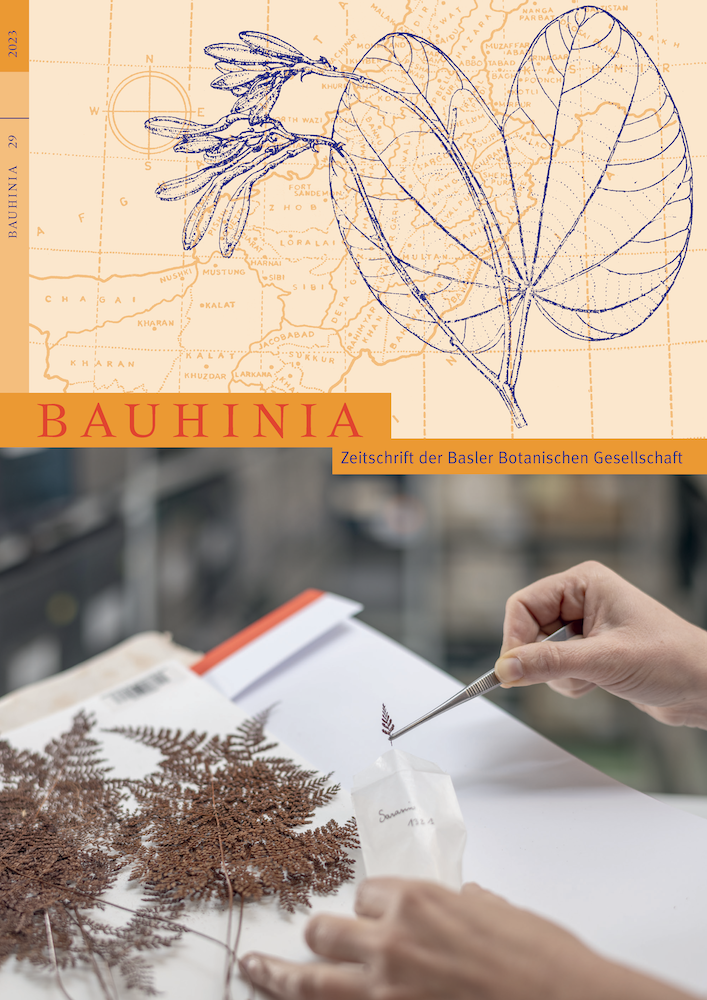Abstract
With 1.4 million specimens the Wisconsin State Herbarium (WIS) is one of the largest in the Americas and Wisconsin offers botanists a unique opportunity to study species representing a confluence of global biomes. The state harbors >2640 species of vascular plants which have been sequenced for the two-gene plant DNA barcode to reconstruct a community phylogeny. At the same time >300’000 georeferenced specimens were used with bioclimatic and soil data to produce species distribution models for the flora, then subsequently aggregated to determine current and future patterns of species richness and phylogenetic diversity. Among the many surprising results uncovered are predictions that whereas species richness will increase as c. 850 taxa move into the state, c. 242 species will become extirpated by 2070. These most vulnerable species will not be affected at random. Furthermore, models suggest that Wisconsin’s projected climate will be unsuitable for most species to be able to retain their present distributions; only 65 % will be able to retain more than half of their current distributions. However, the state’s well known unglaciated Driftless Area may be able to serve as an Anthropocene refugium better than anywhere else in the region and should be targeted for increased land conservation.

Dieses Werk steht unter der Lizenz Creative Commons Namensnennung 4.0 International.
Copyright (c) 2023 Kenneth M. Cameron

